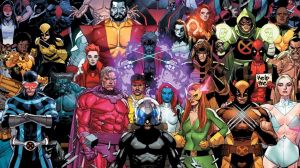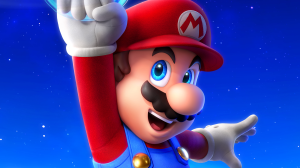X-Men: The Animated Series stands as one of the most beloved and influential cartoons ever made, a show that defined Marvel’s mutants for an entire generation. Premiering in 1992, it arrived when the X-Men comics were at their commercial peak, and it successfully translated the dense storytelling of its source material for a mainstream television audience. The series treated its characters and themes with a seriousness that was rare for children’s programming, exploring prejudice, sacrifice, and social justice through the lens of superpowered adventure. Furthermore, its iconic theme song and distinctive art style became instant cultural touchstones, creating a version of the X-Men that many fans still consider definitive.
Videos by ComicBook.com
A huge part of X-Men: The Animated Series‘ enduring success was its ability to take characters and storylines from decades of comics and distill them into their most compelling forms. The creative team showed a deep understanding of what made these heroes and villains resonate, often streamlining convoluted backstories or elevating underdeveloped personalities to give them new narrative weight. By focusing on the emotional core of its cast, the series created portrayals that not only honored the comics but, in many cases, surpassed them. These versions became the standard by which all future adaptations would be judged. Here are seven characters that were improved by X-Men: The Animated Series.
1) Rogue
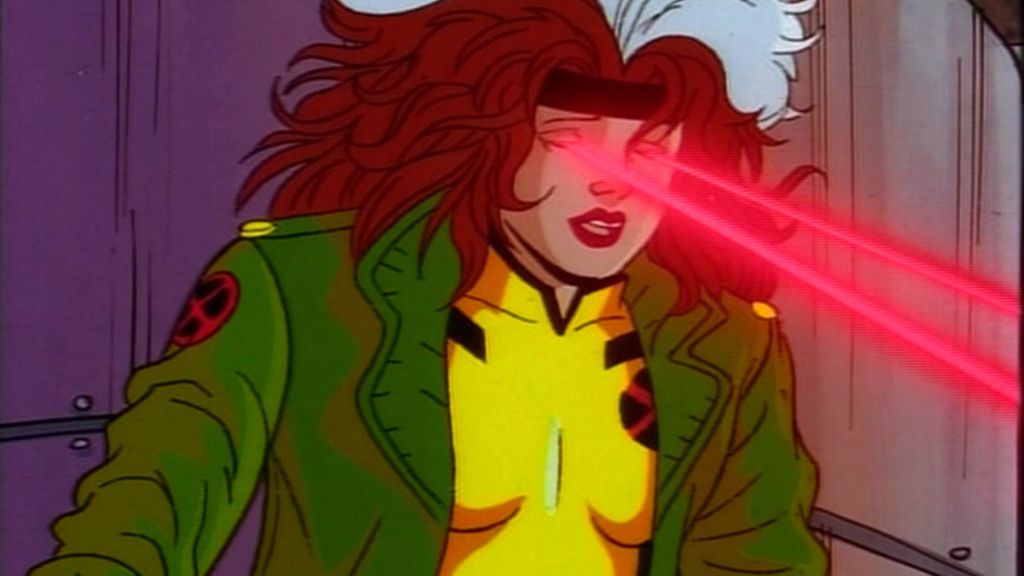
In the comics, Rogue was a powerhouse who had largely made peace with the tragic nature of her powers. While her inability to physically touch others was an established part of her character, it was not always the central focus of her emotional narrative. As a result, she was often portrayed as a confident and sometimes brash Southerner, a seasoned X-Man whose internal struggles were just one of many elements in the team’s ongoing drama.
In a significant narrative shift, X-Men: The Animated Series took this core concept and placed it at the absolute heart of Rogue’s identity, turning her into a tragic romantic heroine. Voiced by Lenore Zann, the show’s Rogue was defined by a constant sense of longing and loss, a state of being directly linked to her traumatic absorption of Carol Danvers’ psyche. This change ensured her flirtatious relationship with Gambit became a source of genuine pain and unresolved tension. This focus on her curse as an insurmountable barrier to intimacy made her character profoundly sympathetic, resonating deeply with viewers and setting the stage for the character’s live-action appearance in 2000’s X-Men.
2) Gambit
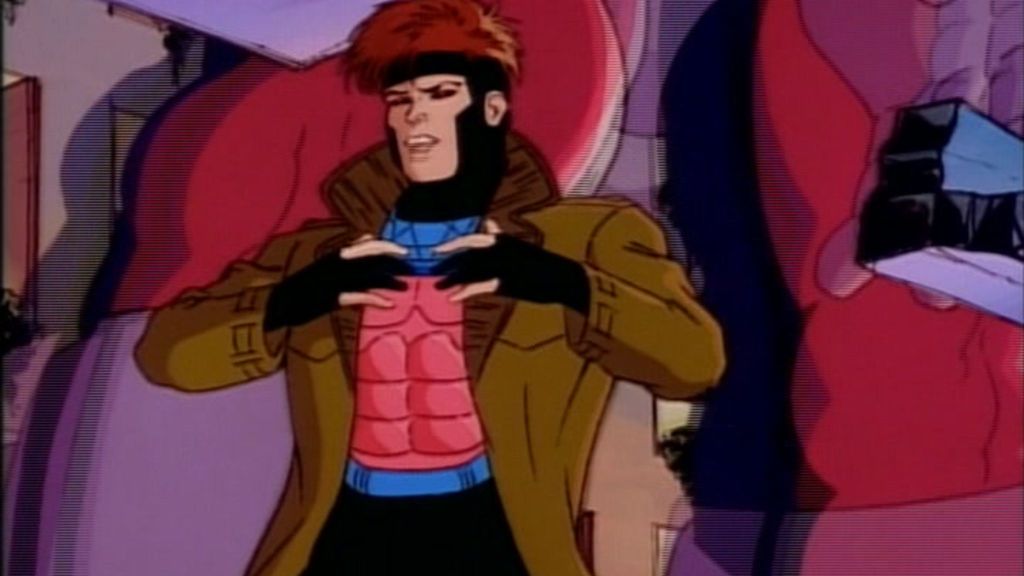
When Gambit first debuted in the comics in 1990, he was a character with an inconsistent personality and a mysterious but vaguely defined past. Because his Cajun identity and motivations often shifted depending on the writer, he came across as a cool but somewhat hollow figure. Furthermore, his now-famous romance with Rogue was only in its earliest stages, lacking the weight and significance it would later acquire.
In stark contrast, X-Men: The Animated Series locked in the definitive version of the character, thanks in large part to the voice work of Chris Potter. Here, Gambit was presented as a smooth-talking thief with a thick, charming Cajun accent, a sardonic wit, and a morally gray history with the Thieves and Assassins Guilds. In short, the show gave his backstory a solid structure and made his doomed romance with Rogue a central pillar of his character. This portrayal proved so effective that it became the blueprint for Gambit in virtually every other form of media, standardizing his personality for a generation of fans.
3) Mister Sinister
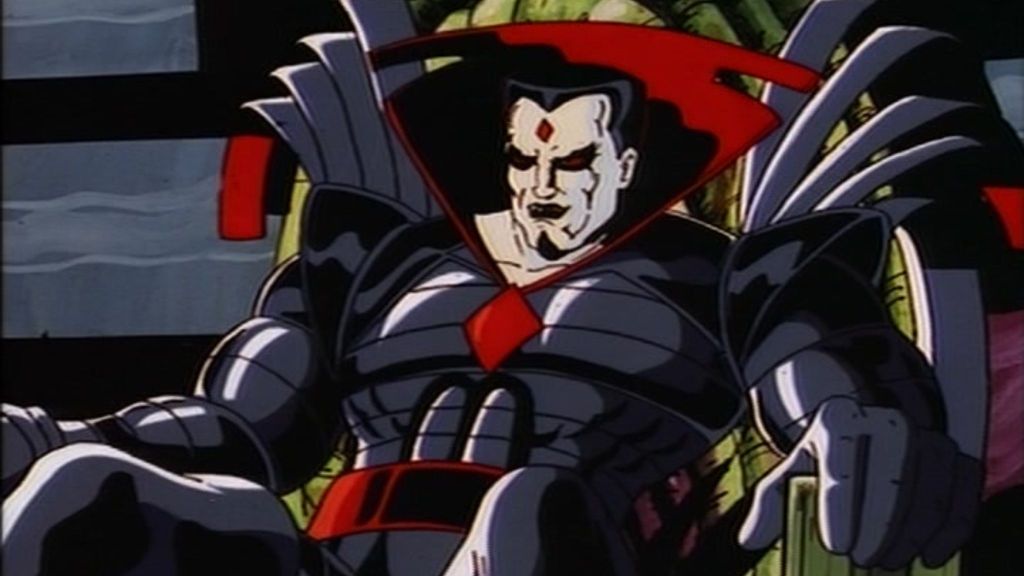
In the comics, Mister Sinister was a geneticist whose motivations and connection to the X-Men were often convoluted and erratic. Consequently, his schemes were frequently self-contained and lacked the long-term impact or personal resonance of other major antagonists. So, while visually striking, Mister Sinister had not yet been established as a top-tier threat on the level of Magneto or Apocalypse.
X-Men: The Animated Series corrected this by reinventing Mister Sinister as a master manipulator and a primary antagonist who haunted the team across multiple seasons. Voiced with chilling sophistication by Christopher Britton, Sinister became the architect behind some of the show’s most significant arcs, including the corruption of Morph and his obsessive hunt for the genetic material of Cyclops and Jean Grey. By streamlining his motivation into a coherent obsession with perfecting the mutant race, the show turned him into a clear ideological foe whose terrifying presence solidified his status as one of the X-Men’s greatest villains.
4) Morph

Perhaps no character felt Mister Sinister’s manipulative cruelty more personally than Morph. The character was originally a minor comic book figure named Changeling, a short-lived, morally ambiguous mutant who briefly worked for the X-Men before being killed in action. He left almost no lasting impression on the team or readers and was ultimately a footnote in X-Men history, largely forgotten for decades.
The animated series took a drastically different approach, resurrecting him as Morph (voiced by Ron Rubin) and making him an original member of the team whose shocking death in the pilot episode immediately established the show’s high stakes. His death, however, was not an endpoint but the beginning of a powerful character arc, as Mister Sinister later resurrected Morph and twisted him into a psychologically fractured pawn. This narrative turn transformed Morph from a disposable side character into a tragic figure and an emotional keystone for the entire series, allowing his journey of trauma and recovery to make him a fan favorite.
5) Beast

Dr. Hank McCoy was often portrayed in Marvel Comics as a witty genius and acrobat, quick with a literary quote or a scientific explanation. While his intelligence was a defining feature, his role as a deep thinker and moral philosopher was not always at the forefront, causing his character to frequently lean more into comic relief and technical exposition.
X-Men: The Animated Series, however, reframed Beast as the team’s political conscience, with memorable voice work by George Buza. Furthermore, his introduction, which saw him arrested for peacefully protesting anti-mutant legislation, immediately established him as a thoughtful activist. Throughout the series, Beast served as the voice of reason, expertly balancing his scientific brilliance with a deep-seated compassion and a willingness to challenge injustice through calm philosophical argument. This dignified portrayal became the definitive take of Beast, eventually influencing comic books and other adaptations.
6) Jubilee

In the comics, Jubilee was introduced as a quintessential mall-rat teenager who served as Wolverine’s plucky sidekick. Her role was primarily that of a tagalong, providing comic relief and occasional pyrotechnic light shows. While endearing, she was largely a reactive character with little direct influence on the team’s major decisions or the central narrative conflicts.
The animated series fundamentally changed her role by positioning her as the audience’s surrogate. Voiced by Alyson Court, Jubilee was the newcomer through whose eyes viewers were introduced to the complex world of the X-Men. It was alongside her that the audience first learned about mutant persecution, the danger of the Sentinels, and the intricate family dynamics within the team. Instead of being relegated to the sidelines, she was actively involved in major storylines that consistently tested her courage, transforming her from a simple sidekick into a vital point-of-view character.
7) Bishop
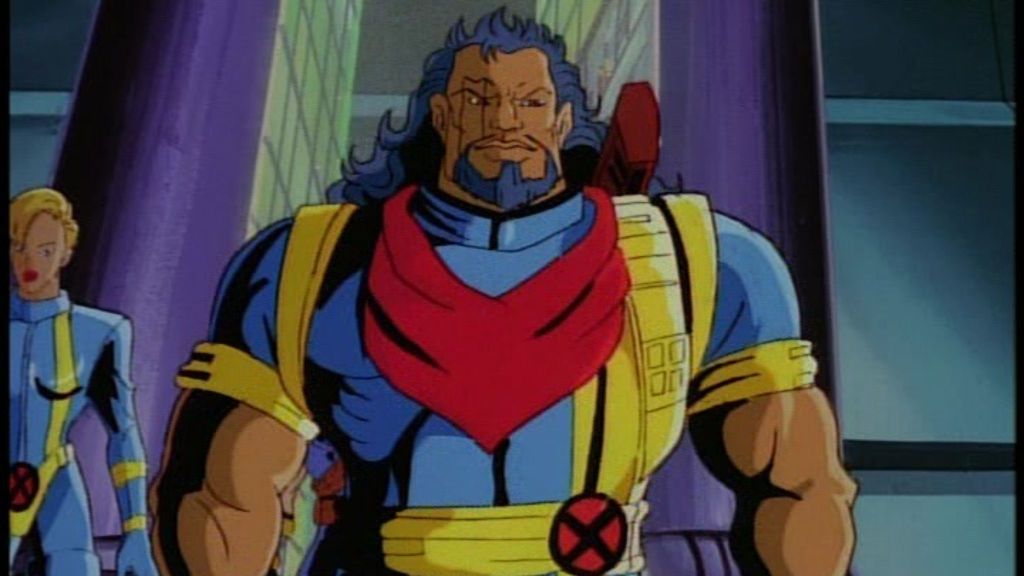
When Bishop debuted in the comics, he was a hardened and often paranoid enforcer from a dystopian future. He arrived in the present as a volatile outsider, mistrustful of the X-Men and operating with a rigid authority that often put him at odds with the team. So, while his role as a time traveler was significant, Bishop’s complex motivations and antagonistic demeanor made him a difficult character to embrace.
In a move that defined the character for a generation, X-Men: The Animated Series streamlined Bishop’s entire origins. The show famously adapted the Days of Future Past storyline by casting Bishop in the central role, which originally belonged to Kitty Pride, sending him back in time to prevent a Sentinel-ruled apocalypse. Voiced by Philip Akin, the animated Bishop was no longer a paranoid antagonist but a pragmatic ally. As a result, this version was a blunt but trusted hero whose mission was clear and easy to root for, cementing him in the minds of viewers as the X-Men’s definitive guardian of the timeline.
Which other characters do you think the X-Men animated series improved? Let us know in the comments.

